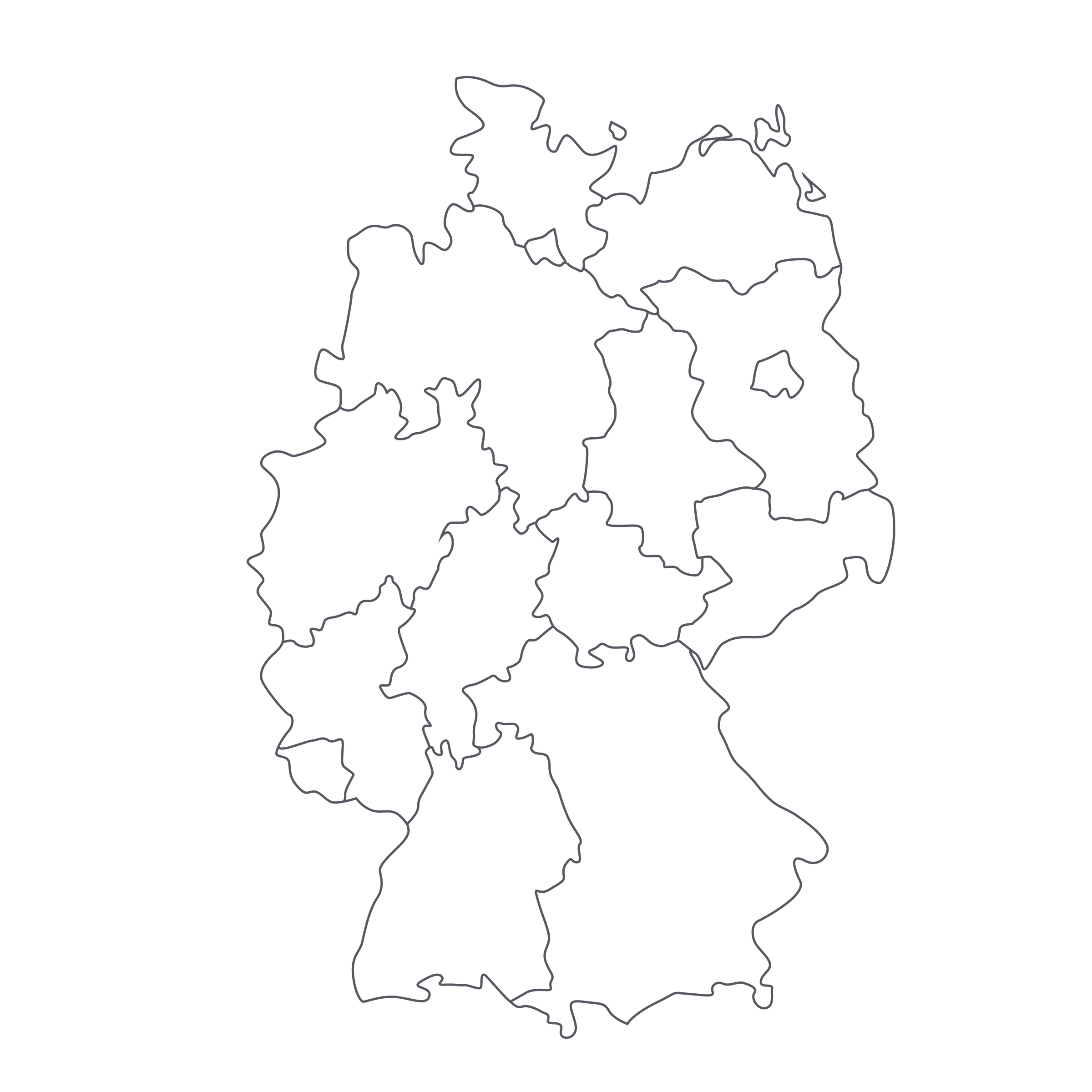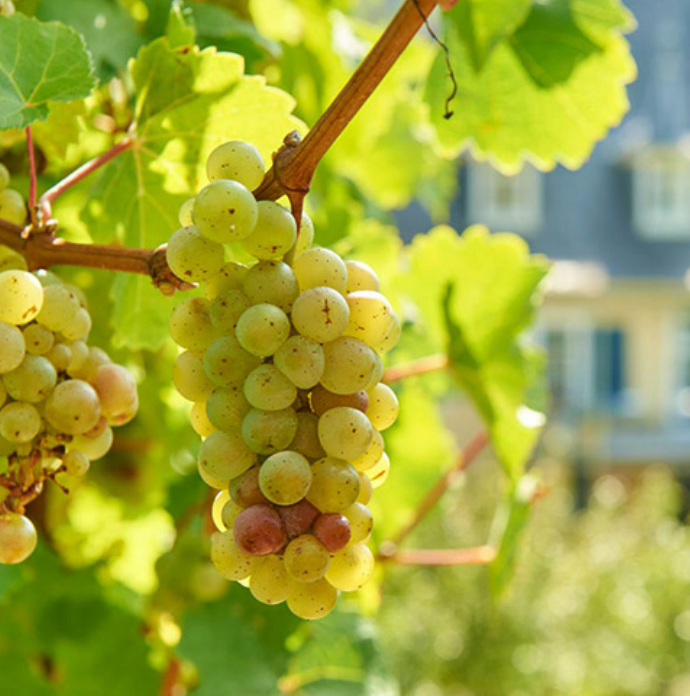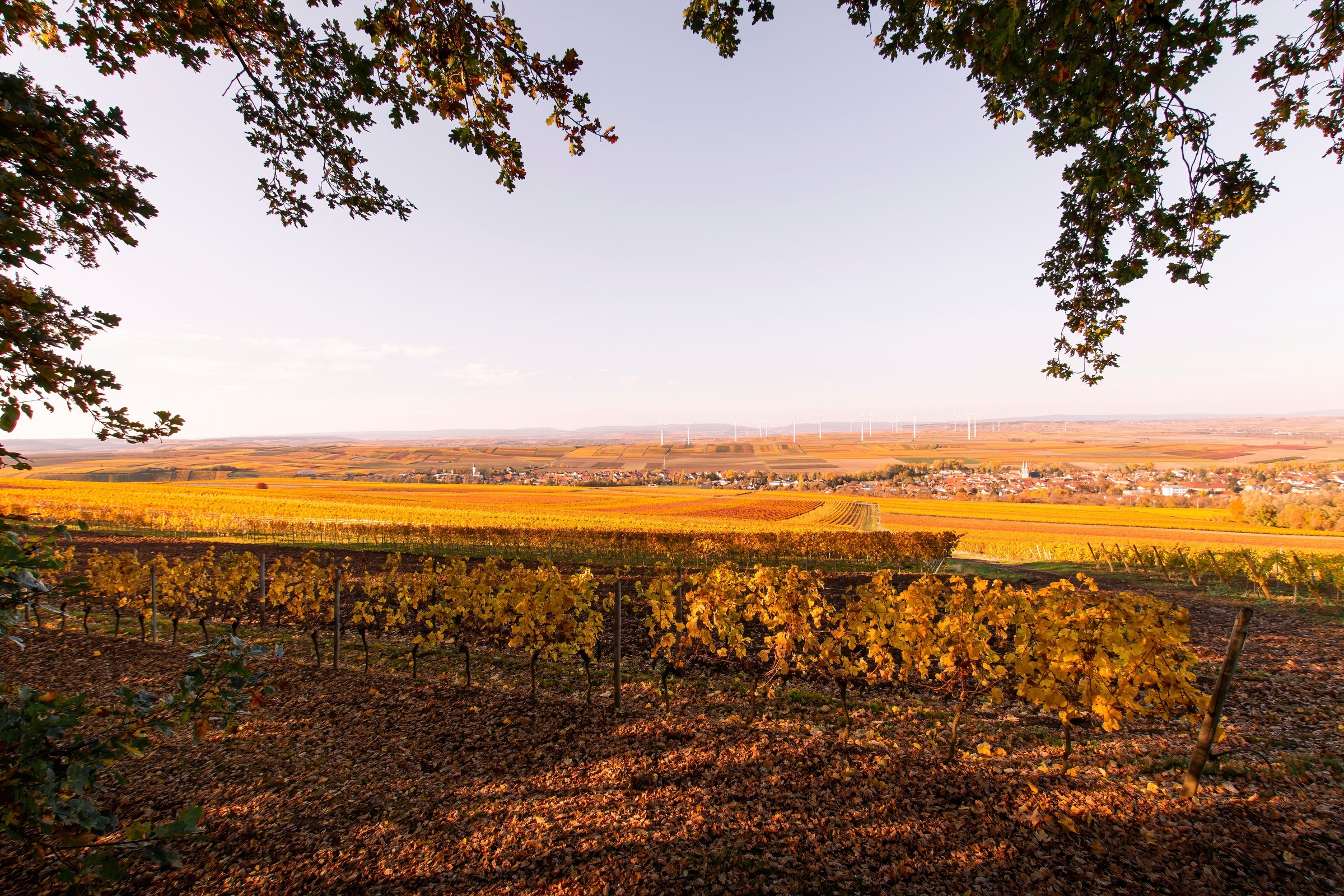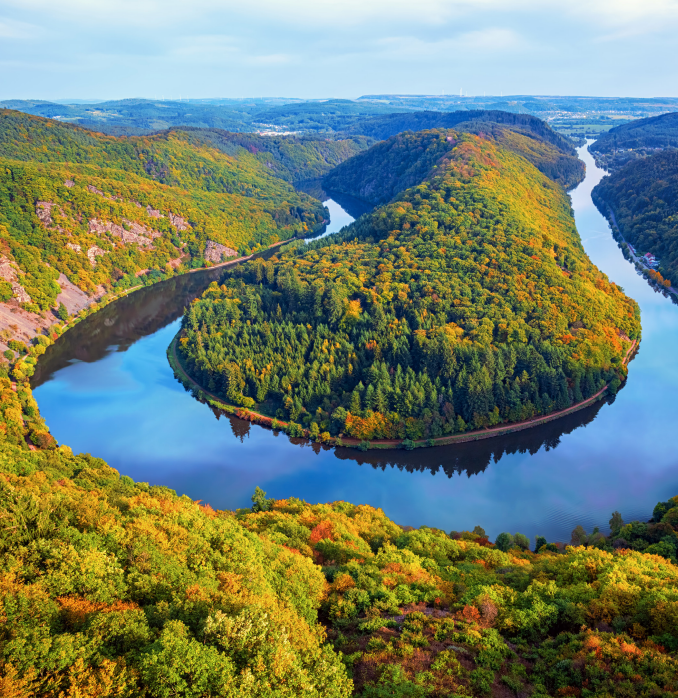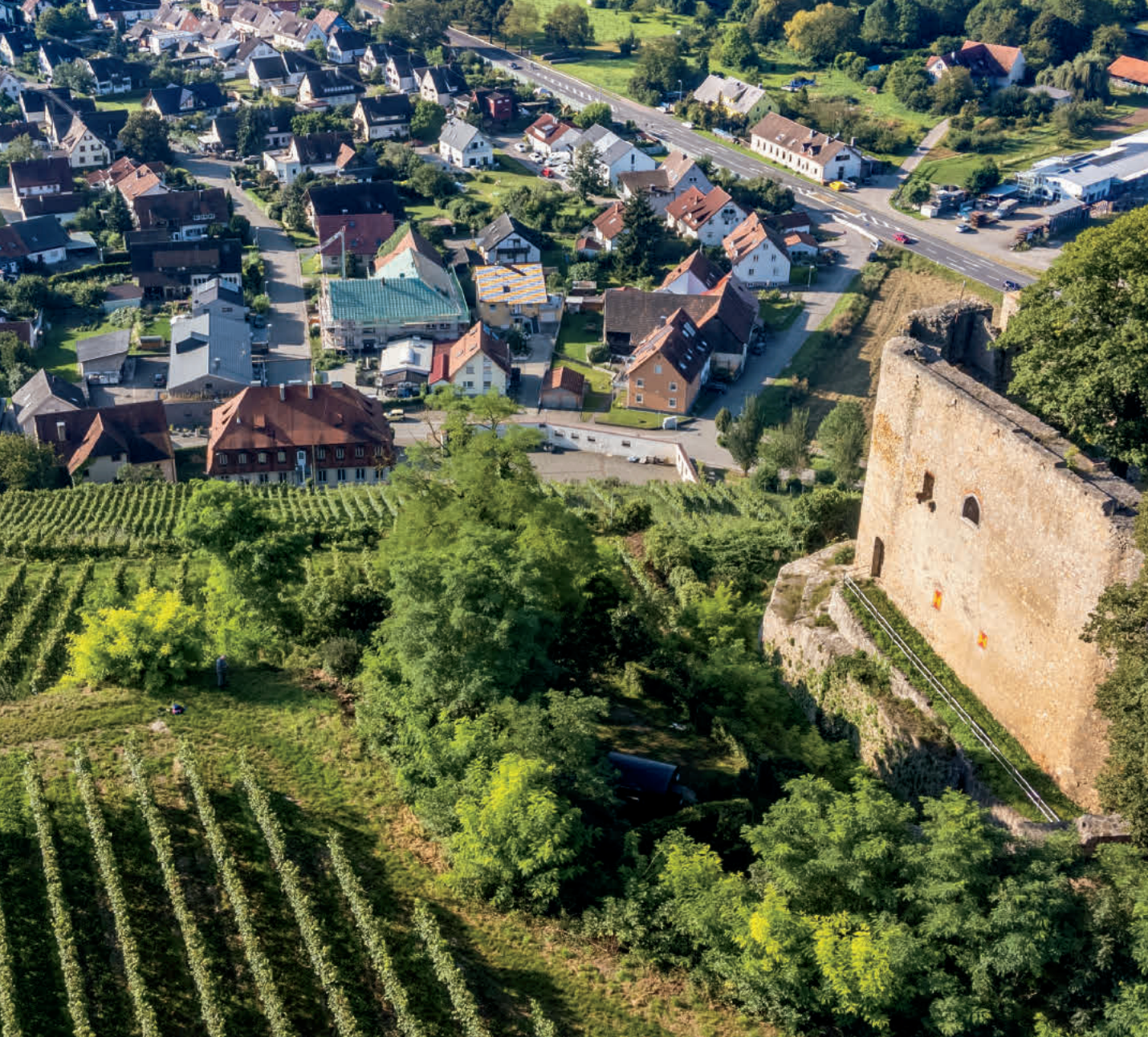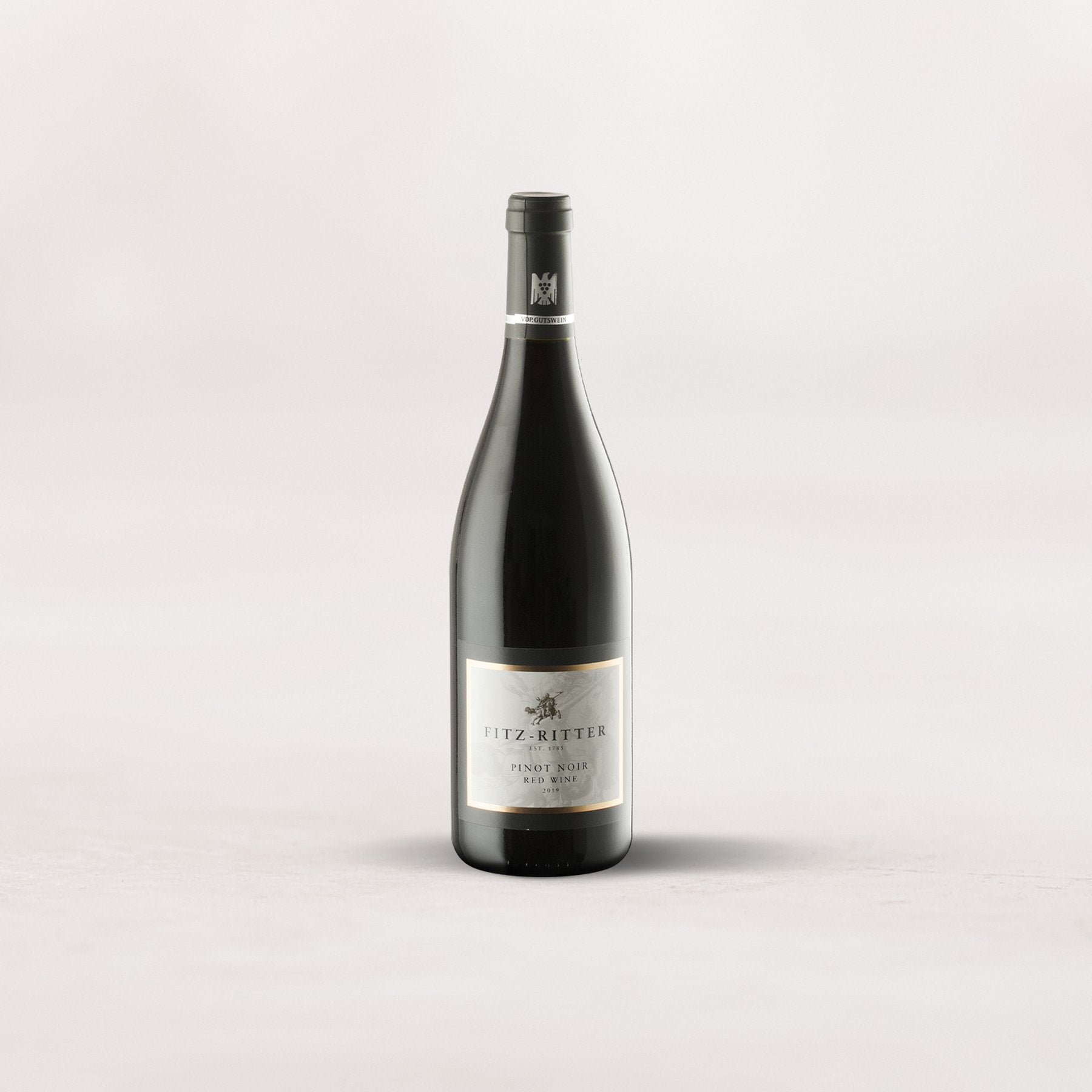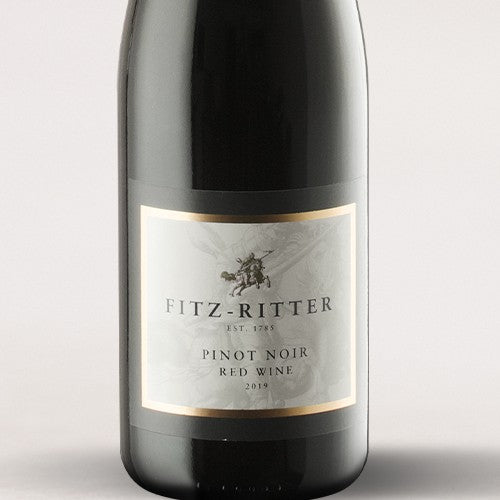We’ve been beating the German Pinot Noir drum for years now but, beyond the reach of SommSelect, I don’t think the wider world has caught on yet. Fine by me—that means we can have Pinot as authentic, site-specific, and hauntingly complex as Burgundy for a fraction of Burgundy’s price. Fitz-Ritter, in Germany’s sun-soaked Pfalz, provides the latest in a long line of Spätburgunders that have had us questioning just how much quality can be crammed into a bottle as affordable as this.
Spicy, smoky, and laden with berry fruit in a lush yet tensile body any Willamette Valley winemaker would kill to achieve, this is seriously world-class juice for Pinot lovers. The value on offer here is simply mind-boggling: Fitz-Ritter is one of Germany’s most historically important estates, farming some of the best terroir on the planet for Burgundian varieties, and they’re somehow offering this wine for a relative pittance. If you want any, I suggest acting fast—the measly 27 cases that arrived stateside were imported exclusively for SommSelect. Once we sell out (and we will), that’s it for the year!
Thirty bucks doesn’t typically get you all the regal history represented by Fitz-Ritter’s Spätburgunder. Put simply, the Fitz family is one of the most important in Germany’s winemaking history. In 1837, Johannes Fitz—freshly returned from exile in Champagne thanks to his advocating for democracy in the Palatinate—opened the second sparkling wine house in the entire country. It was the first to strictly employ the Champagne method. Over 100 years ago, the Fitz’s were one of the founding families of the Verband Deutscher Prädikatsweingüter (VDP), Germany’s association of top producers. And the very land the winery sits on is chock full of agricultural history, sporting 400-year-old oak trees and the oldest ginkgo tree in the entire country.
The Pfalz, the southernmost of Germany’s five most important winegrowing regions, is distinct from the rest both climatically and historically. It’s warmer and less vertiginously mountainous than the Nahe or Mosel to the north, and its soils are generally less slate-based and more fertile. Perfect, then, for the Burgundian varieties that have a firmer foothold here than anywhere else in Germany. Spätburgunder, Weissburgunder (Pinot Blanc), and Grauburgunder are certainly found elsewhere. But in the Pfalz they’re not merely supporting players, they’re limelight-sharing costars. In these warmer climes, they present as more open and charming, though no less serious. Great Pfalz Spätburgunder, as Fitz-Ritter’s certainly is, combines the ample fruit of the Willamette with the rigorous structure of Burgundy, offering more pure Pinot pleasure than anyone could ask for at this price.
Fitz-Ritter’s 2019 Spätburgunder, served with a slight chill in Burgundy stems, pours a lucid ruby with crimson highlights.Fresh crushed raspberry, black cherry, blackberry, wild strawberry, toasty tobacco, cinnamon, underbrush, mushrooms, and turned earth aromas jump out of the glass. Texturally, it’s wide open and lush, offering up more brilliant bright red fruits, before snapping to a finish with a wick of electric acidity and barely-there, mouth-coating tannin. Juicy, refreshing, deeply pleasurable, and yet wildly complex, it’s top notch Pinot regardless of where it comes from. I promise, it’ll make you want to dig deeper on German Spätburgunder, because there’s nothing else quite like it. Soon, you’ll be beating the drum for German Pinot too!
